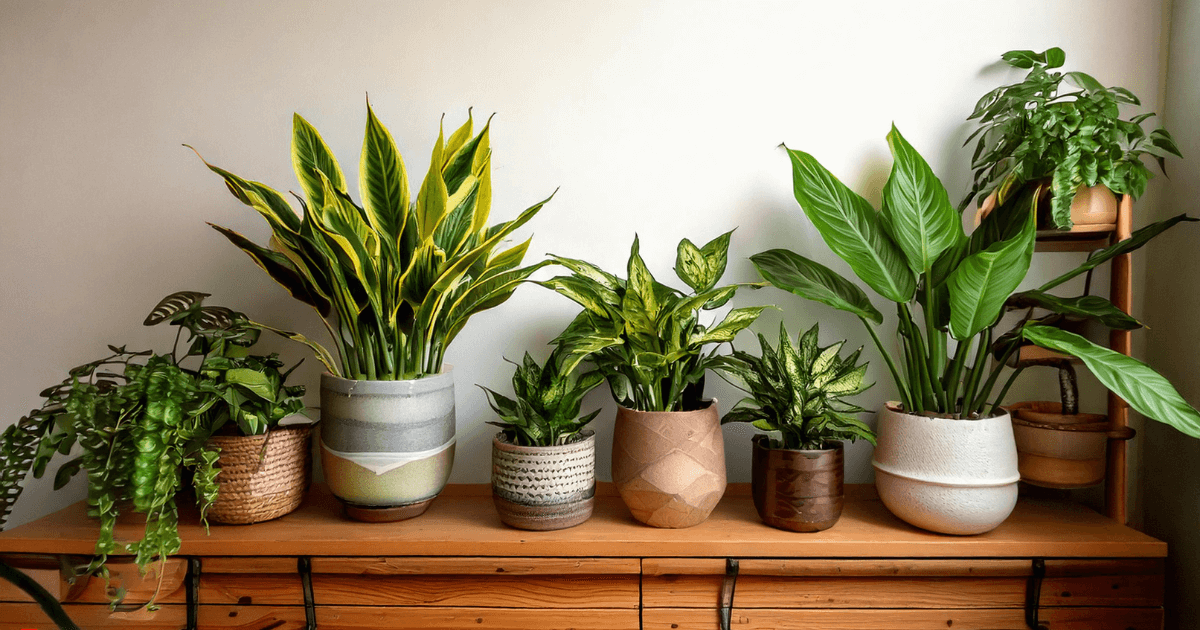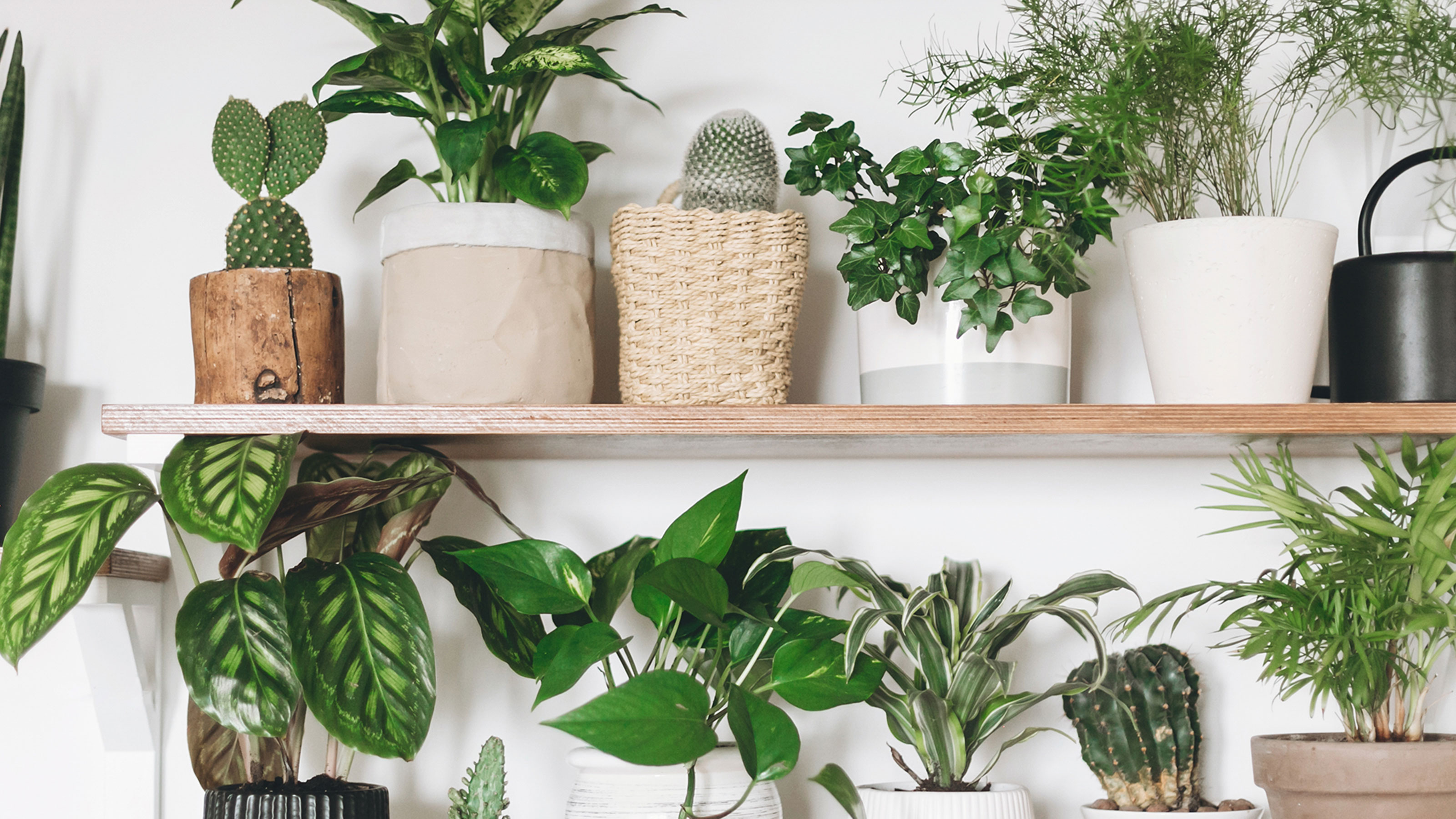Best Low-Light Indoor Plants That Add Greenery to Any Space with Little Light
Best Low-Light Indoor Plants That Add Greenery to Any Space with Little Light
Blog Article
Transform Your Home With Beautiful Low-Light Indoor Plants and Their Advantages
Incorporating low-light indoor plants right into your home can substantially enhance both the environmental and visual high quality of your home. These plants, which flourish in dark problems, serve not only as attractive elements but also as natural air cleansers, making them ideal for city residents or those with limited sunlight direct exposure. As we discover the various sorts of low-light plants and their benefits, you may discover unexpected methods to incorporate them right into your home that can transform your surroundings in means you might not have anticipated.
Benefits of Low-Light Plants
Low-light plants provide various advantages for indoor environments, making them an exceptional choice for both newbie and seasoned gardeners. Among the primary benefits is their versatility to low-light conditions, permitting individuals to improve their space without the demand for considerable sunlight exposure. This characteristic makes them optimal for houses, workplaces, and other areas with limited all-natural light.

In addition, including low-light plants right into home decor can boost the visual appeal of a room. Their lavish vegetation and differed appearances develop a soothing ambience, adding to total wellness. The presence of plant has been connected to lowered stress and anxiety levels and improved efficiency, making low-light plants a practical choice for improving both physical and mental health in indoor setups.
Leading Low-Light Indoor Plants
While many indoor plants prosper in bright light, numerous species are specifically fit for low-light problems, making them excellent for different indoor spaces. One preferred choice is the Serpent Plant (Sansevieria), recognized for its striking upright leaves and resilience, calling for minimal treatment. Another exceptional choice is the Pothos (Epipremnum aureum), which features heart-shaped fallen leaves and can route magnificently from hangers or shelves, growing in low light and including a rich touch.
The ZZ Plant (Zamioculcas zamiifolia) is commemorated for its shiny leaves and capacity to stand up to overlook, making it excellent for busy lifestyles. The Tranquility Lily (Spathiphyllum) not just endures low light yet additionally creates stunning white blossoms, enhancing any kind of space's aesthetic.
For an unique touch, take into consideration the Cast Iron Plant (Aspidistra elatior), which indeed measures up to its name, growing in the darkest corners of your home. Last but not least, the Chinese Evergreen (Aglaonema) supplies a variety of fallen leave patterns and colors while being remarkably forgiving in low-light conditions. These plants not only improve interior environments yet likewise add to air purification, boosting your space.
Treatment Tips for Low-Light Plants

Watering methods are important; these plants commonly prefer somewhat dry conditions. Overwatering can result in root rot, so ensure that the top inch of dirt is dry prior to watering again. Usage pots with water drainage openings to permit excess dampness to leave.
Moisture is an additional important aspect. Several low-light plants, such as ferns and tranquility lilies, gain from greater humidity levels. To raise moisture, think about misting the leaves or putting a tray of water near the plants.
Fertilizing ought to be come close to with caution. During the expanding season, utilize a weakened, try this out balanced fluid fertilizer every month to support growth, but prevent fertilizing throughout the dormant winter season.

Creative Ways to Present Plants
Interior plants can offer as captivating centerpieces in any type of area, boosting both visual appeal and ambiance. Creative screens can boost the aesthetic influence of low-light plants, making them an essential component of your home design. One effective technique is to make use of tiered plant stands, which enable you to showcase numerous plants at varying heights while making the most of floor room.
Hanging planters are an additional ingenious option, developing a feeling of deepness and drawing the eye upward. Think about macramé hangers or wall-mounted racks to present an unique appearance and design.
For a much more structured technique, use geometric terrariums or glass containers to house your plants, including a contemporary touch to your interior yard. You can likewise repurpose classic items, such as teacups or wood More Bonuses dog crates, for an eclectic screen that shows your personality.
Enhancing Home Atmosphere With Plants
Incorporating low-light plants into your home not only enhances visual allure yet additionally contributes substantially to the overall setting. These plants serve as all-natural decoration components, presenting a feeling of tranquility that can change any area. The presence of greenery promotes a relaxing environment, which is especially helpful in high-stress atmospheres such as home offices or living rooms.
Low-light plants, such as serpent plants, pothos, and ZZ plants, are not only aesthetically pleasing however also enhance interior air high quality by filtering pollutants. This double function improves the setting even more, creating a healthier home (Best low-light indoor plants). The tactical placement of these plants can additionally affect the perception of room; as an example, high plants can draw the eye upwards, making ceilings appear higher and spaces extra sizable
Additionally, varying textures and shades of vegetation include depth to indoor layout, allowing for imaginative expression in home designing. Whether put on shelves, in corners, or as focal points, low-light plants can elevate the mood of any area. In recap, integrating these plants right into your home is an effective method to promote a cozy, welcoming ambience while reaping the benefits of boosted air top quality and aesthetic convenience.
Final Thought
Integrating low-light indoor plants right into home atmospheres offers countless advantages, consisting a knockout post of improved aesthetic appeal and boosted air high quality. These resistant plants, such as the Serpent Plant and Peace Lily, call for very little light and upkeep, making them suitable for varied way of livings. Their capability to filter contaminants adds to a healthier living space, while their diverse appearances and colors enrich interior decor (Best low-light indoor plants). Eventually, the inclusion of low-light plants fosters a calm and welcoming ambiance, transforming any kind of home into a tranquil sanctuary.
While many indoor plants flourish in intense light, numerous types are especially fit for low-light conditions, making them suitable for numerous indoor rooms. One efficient method is to make use of tiered plant stands, which enable you to display multiple plants at differing heights while taking full advantage of floor area.
Low-light plants, such as snake plants, pothos, and ZZ plants, are not only cosmetically pleasing but likewise improve indoor air quality by filtering toxins. Best low-light indoor plants. The critical positioning of these plants can likewise influence the perception of space; for circumstances, tall plants can attract the eye upward, making ceilings appear greater and spaces a lot more roomy
These resistant plants, such as the Snake Plant and Tranquility Lily, call for very little light and upkeep, making them suitable for diverse way of lives.
Report this page